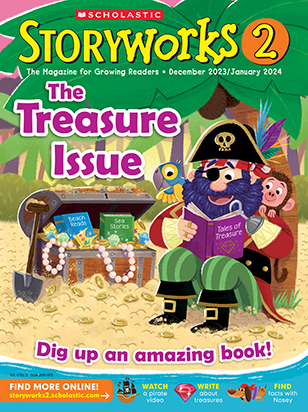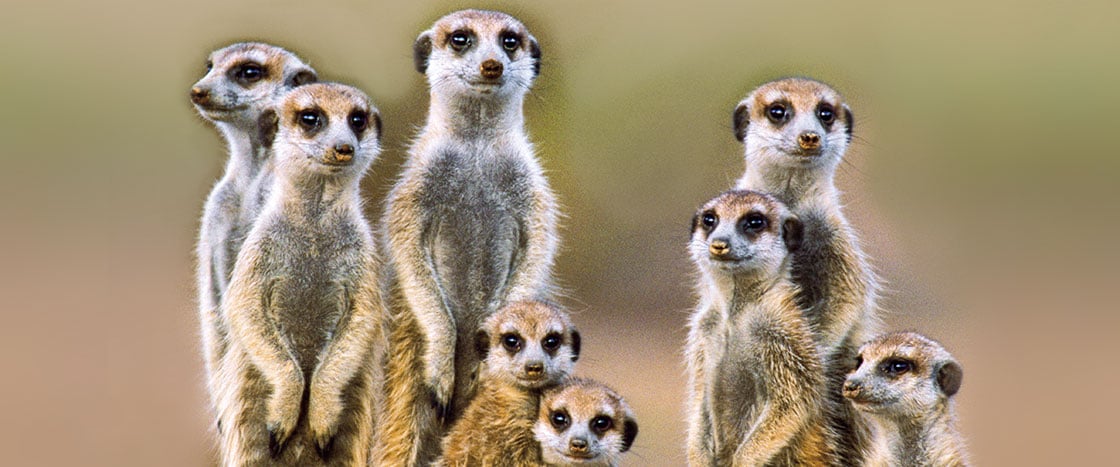People aren’t the only ones who live and work together. Animals do it too. Meet two kinds of animals that work in a team—meerkats and naked mole rats. One team is cute and furry. The other team is . . . not cute and furry. Which team would you want to join?
People aren’t the only ones who live and work together. Animals do it too. Meet two kinds of animals that work in a team—meerkats and naked mole rats. One team is cute and furry. The other team is . . . not cute and furry. Which team would you want to join?

